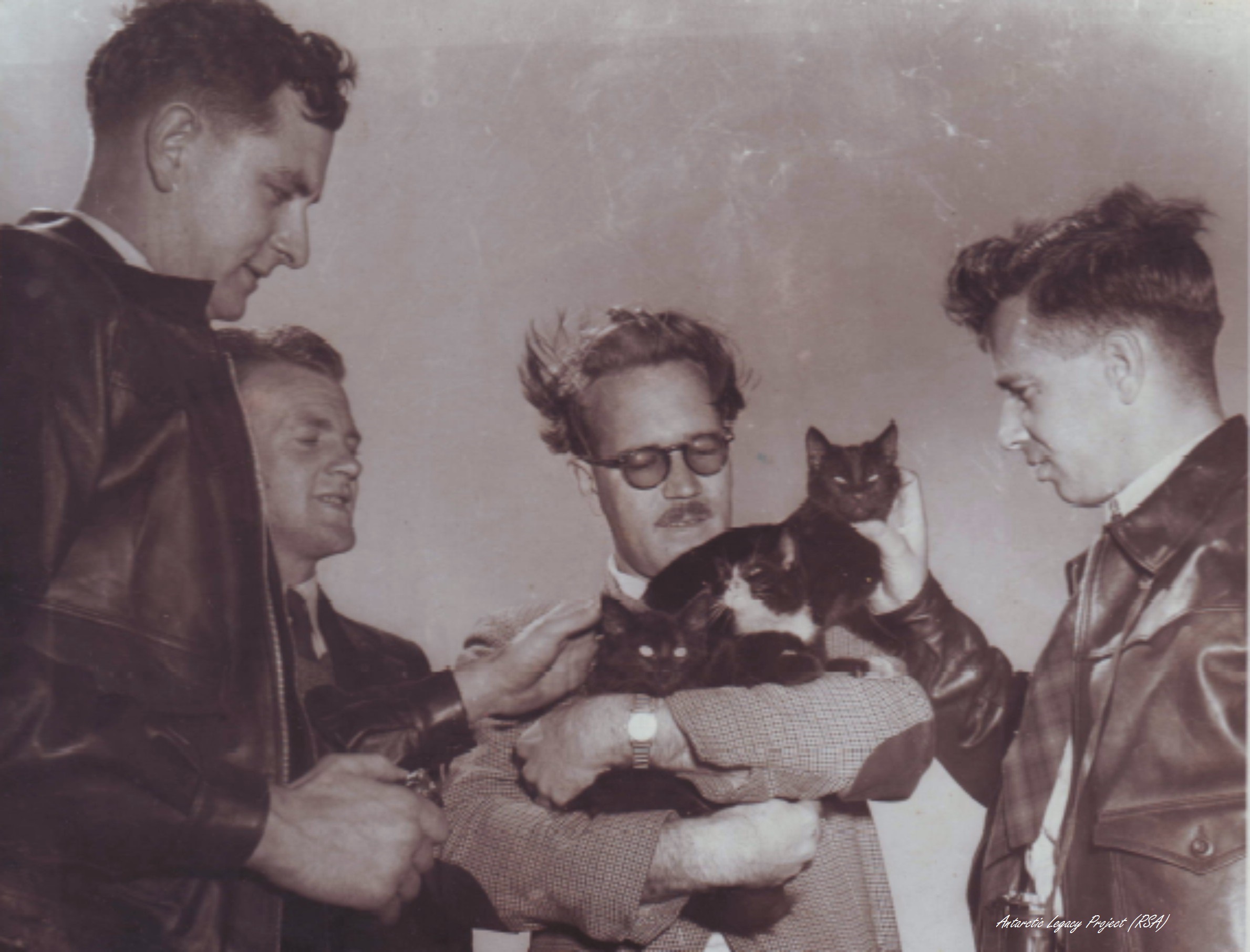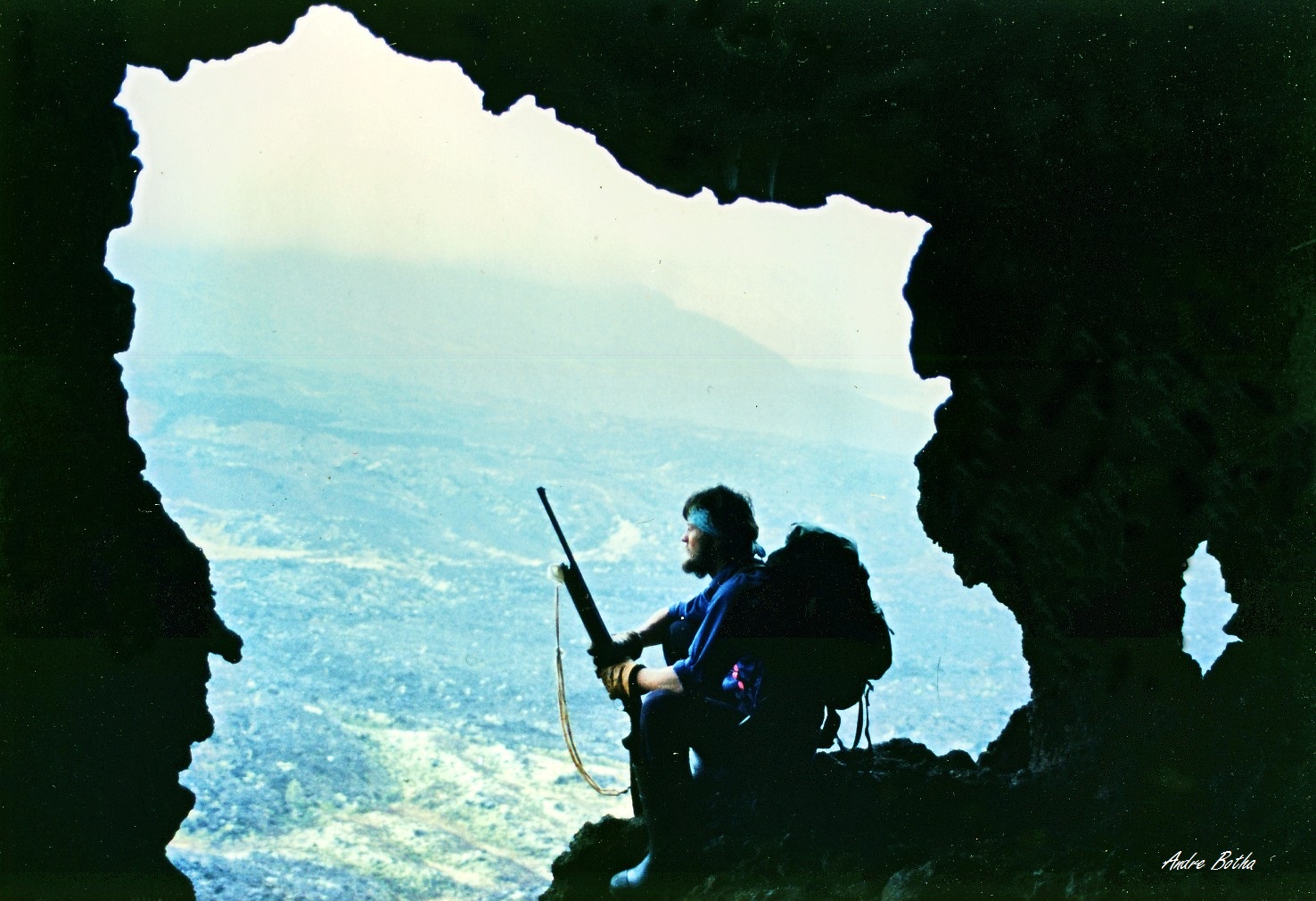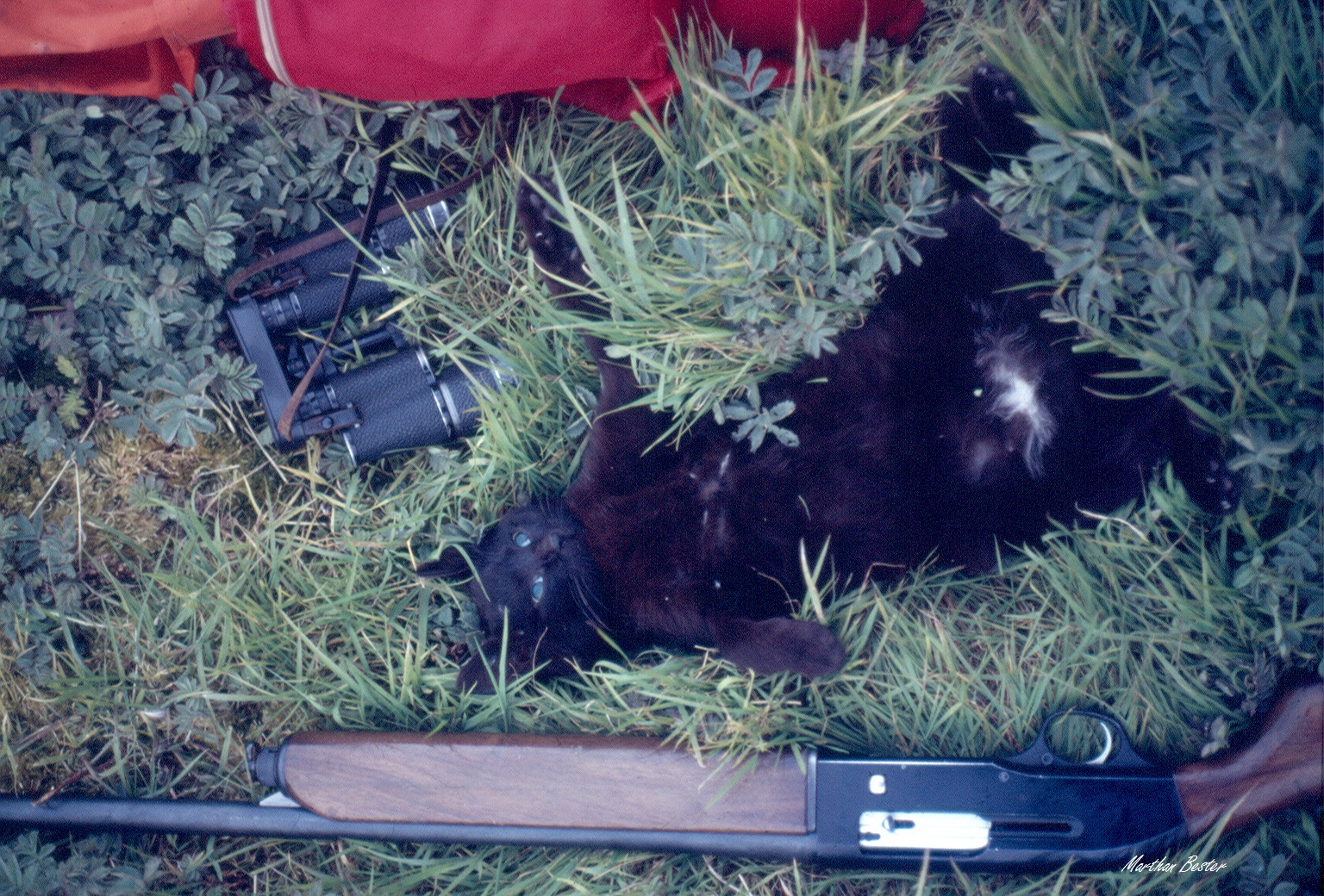THE CATHUNTING PROGRAMME (1974 - 1993)




The MRI formally commenced marine mammal research at Marion Island in 1973 when Patrick R. Condy, was dispatched to the Prince Edward Islands for an 18-month stint to investigate southern elephant seals, where he became acutely aware of the detrimental impact of feral house cats on the burrowing seabird populations of the island. Following this, Rudolph J. van Aarde (RJvA) commenced uninterrupted 18-months of research on the feral cat (Felis catus) and feral house mice (Mus musculus) populations from December 1974.
After the initial study on the distribution, density, habitat selection and reproduction of the feral house cats by RJvA, the second phase of the cat eradication programme continued when Marthán N. Bester (MNB) (winter 1976), and primarily Hendrik B. Erasmus (HBE) (18 months, 1976-1978) became involved. During this time HBE and RJvA supervised phases 3 (introduction of the feline panleucopaenia virus as a primary control measure) and 4 (establishment of the effect of the release of the disease and evaluation of other possible control measures). After a lapse of three years, Petrus J.J. van Rensburg (PJJvR) and MNB continued the work in the summer of 1981/82, Martin A. Haupt kept things going in the winter of 1982, and was joined by PJJvR and Mark Element for the summer of 1982/83. Hunting as a secondary control measure was implemented over three extended summer seasons under various leaderships (1986/87 – MNB; 1987/88 – Jonathan P. Bloomer; 1988/89 – Deon Muller), then extended to the winter of 1989 (phase 6), followed by a phase 7 that combined hunting and trapping (1989/90 – Peter A. Bartlett, 1990/91 – Deon Muller) with poisoning added thereafter (1991/92 – Martin van Rooyen; 1992/93 – Hein Büchner). The last cats were trapped by July 1991, which completed eradication.
Co-ordination of the overall research effort was facilitated by the establishment of Antarctic Research Officer (ARO) positions within SANAP (April 1981 – March 1997), with MNB appointed to this position at the MRI, followed by a permanent, full time academic position within the Department of Zoology & Entomology in April 1997. Available on the internet is the complete list of expeditioners, as well as the feral cat eradication teams, to Marion Island (http://marion.sanap.org.za/index2.html).
Text by M.N. Bester (2015)










